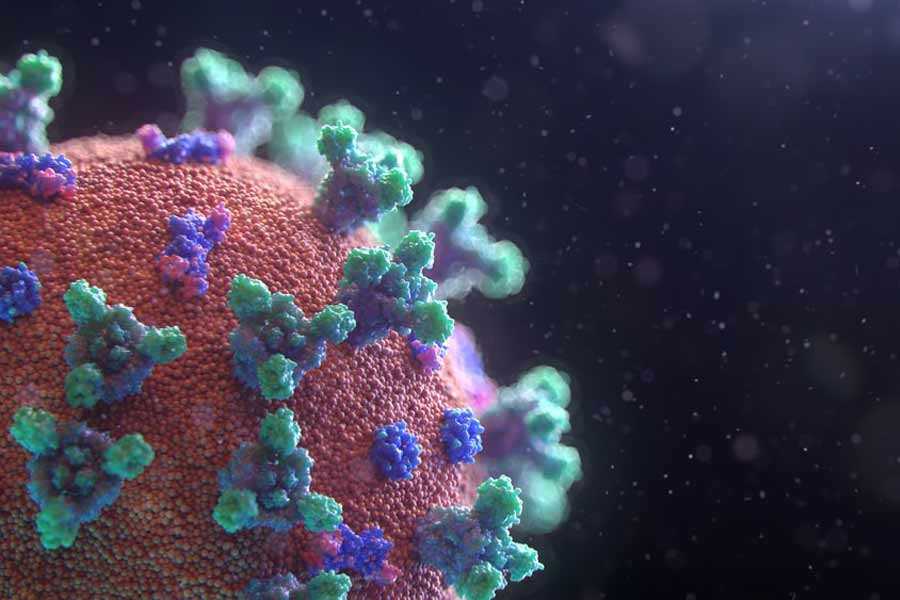Covid-19 impacts on life cycle deficit in Bangladesh

Image collected
Almost all socio-economic impact assessments of COVID 19 used the economy-wide modelling approach (such SAM and CGE supplemented with employment matrix and poverty module) to examine effects on: (i) Gross Domestic Product (macro and sectors); (ii) job losses and unemployment rates (by types of labour categories and locations); and (iii) poverty rate and new poor (by representative households and locations).
Most the governments also have proposed stimulus package to counter the negative impacts of coronavirus, COVID-19 to be precise. The impacts of stimulus have also been assessed using the economy-wide modelling approach (such Social Accounting Matrix or SAM and Computable General Equilibrium or CGE model).
However, no attempt has been found to determine the impacts of COVID-19 and the proposed stimulus from the perspectives of generational economy as captured in the National Transfer Accounts (NTA) - from the perspectives of monetary security, generational equity, gender equality, public finance, and numerous other critical public policies thus establishing linkages between population dynamics and development.
SALIENT TOP FEATURES OF NTA: National Transfer Accounts (NTAs) provides a complete accounting of economic flows by age of the residents of a country of how financial resources are produced and consumed, and how each relies on government programs, family systems, and financial markets to attain the final distribution of these economic resources.
NTAs are organised to underscore the generational economy and its own key peculiarities: the monetary life cycle and age reallocations recognized by depending on intergenerational transfers and assets. The purpose of NTAs is to provide a systematic and comprehensive method of measuring the financial flows from a generational perspective. According to Mason and Lee (2011) the generational economy is thought as (1) the social institutions and financial mechanisms used by each generation or generation to create, consume, share and save resources; (2) the economical flows across generations or age groups that characterise the generational economy; (3) explicit and implicit contracts that govern intergenerational flows; (4) the intergenerational distribution of income or consumption that results from the foregoing.
Source: https://thefinancialexpress.com.bd
Tags :
Previous Story
- Ushio launches world's 1st UV lamp that may...
- Holding on to hope amid drawn-out adversity
- On Bangladesh GDP in the time of coronavirus
- 92 per cent plainland ethnic minorities in Bangladesh...
- The world's most popular tourist cities may have...
- US investors urged to create Covid-19 vaccine plants...
- NOAB urges govt to the stand by position...
- Property sector becoming more optimistic of a rebound